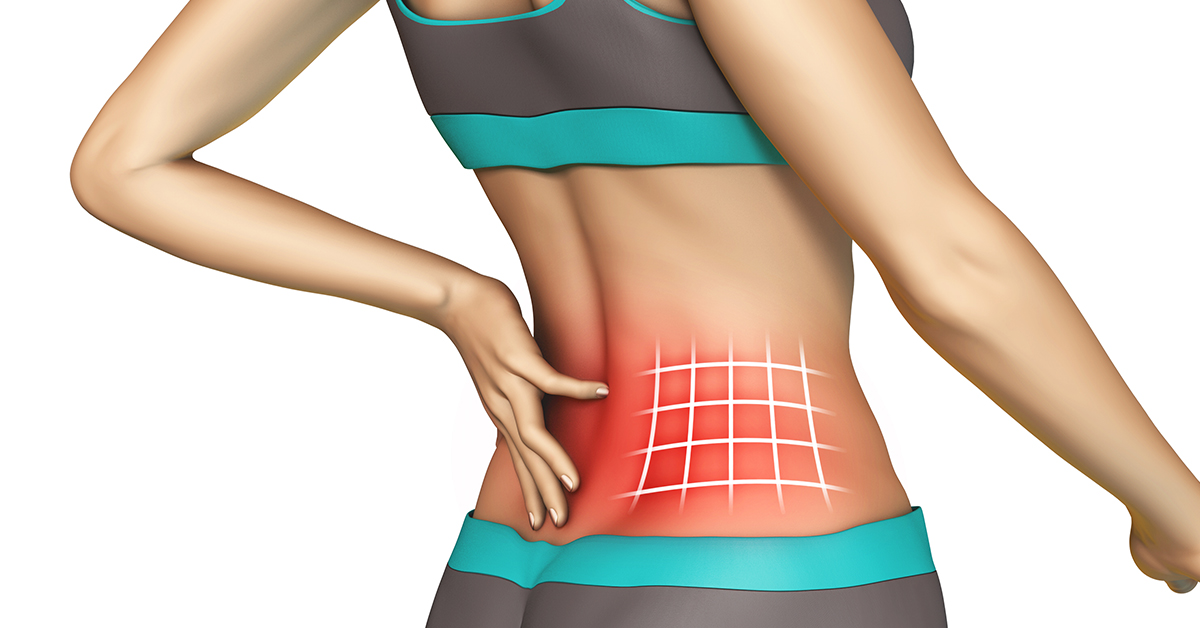
5 Steps for Recovering from Lower Back Pain
Lower back pain can be aggravating, annoying, and in the worst case scenario, debilitating. In order to treat the condition, it is important to first identify the cause:
- Patients with severe lower back pain caused by a serious accident (i.e. a car wreck, a fall from a high area, a high impact collision) are encouraged to make an appointment with an orthopedic spine specialist.
- Mild, lower back pain caused by overuse, over twisting, overturning, or lifting something incorrectly may subside quickly when taking care of properly.
Step 1: Apply ice on or near the painful area
When muscles, ligaments, tendons, and other soft tissues are injured, they become inflamed. This leads to the uncomfortable symptoms of pain, swelling, and tenderness. The quickest and easiest way to treat inflammation is with ice. Any of the following can be used in 20-minute on-off intervals over the course of a few days:
- Ice packs
- Ice cubes
- Cold packs
- Frozen vegetable packs
It is important to place ice over clothing or a towel to avoid skin damage.
Step 2: Use over-the-counter anti-inflammatory medications
Nonsteroidal anti-inflammatory drugs (NSAIDS) reduce inflammation and pain. They are available by prescription and over-the-counter. Common over-the-counter NSAIDS include the following:
- Aspirin (Bayer, Bufferin, Excedrin)
- Ibuprofen (Advil, Motrin IB)
- Naproxen (Aleve)
It is important to take these medications as directed.
Step 3: Rest and activity modification
A 2-3-day period of rest combined with the above-mentioned treatment options should improve or eliminate lower back pain. Once this happens, activity modification should begin. Slowing down or stopping activities that produce pain ensures lower back will not return.
Step 4: Stretch and strengthen lower back muscles
Exercises to stretch and strengthen the lower back muscles and core help reduce pain and prevent future injuries. Exercise can be as simple as walking and gentle stretching or as intensive as an exercise program prescribed by a physical therapist. It is generally best to avoid jumping, running, and movements that involve lots of twisting and/or turning.
Step 5: If necessary, make lifestyle modifications
Weight loss and decreasing or stopping tobacco use is recommended for the following reasons:
(1) Patients who are overweight are at an increased risk to experience lower back pain
(2) Tobacco users are likely to experience greater symptom severity than non-tobacco users
Other lifestyle modifications that may be helpful include the following:
- Spending less time using your computer or mobile phone
- Improving posture while sitting for prolonged periods of time
- Lying on your back or side while resting/sleeping
- Wearing shoes that are cushioned and fit properly
It is also important to not lift heavy objects whenever possible.
Seeking Treatment
The five steps outlined above should help reduce lower back pain. If they do not or if pain becomes worse, an appointment with an orthopedic specialist should be made.

